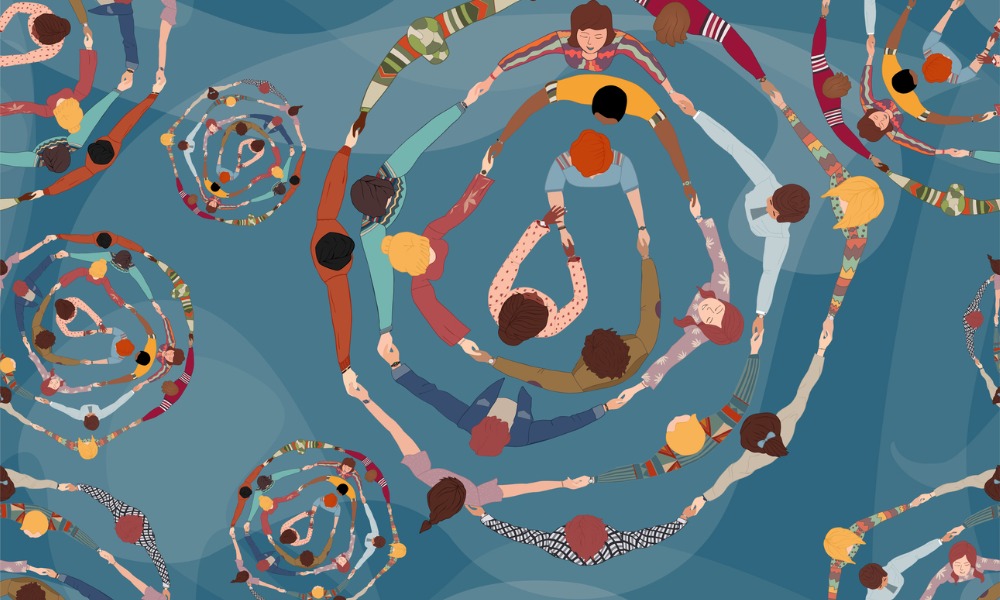New study shows 2000% increase in usage; has a number of suggestions for improvements
by Michael Mata
Prisoners are worried that the legal system’s increasing reliance on video links might dehumanise them and hamper their ability to interact with their legal representatives.
According to a new study from the University of Sydney, the use of video links in NSW courts rose more than 400% from 2002 to 2014. The statistics were derived from Corrective Services NSW’s annual data as well as the Department of Justice.
Additionally, more than 60% of court appearances in New South Wales now happen through video link.
The study’s author Carolyn McKay visited two NSW prisons and interviewed more than 30 prisoners while conducting qualitative research.
"Prisoners told me how video link is positive in avoiding the hardships of transportation to and from court," she said. "But they also expressed concerns about being reduced to ‘just a face on a screen’ or ‘a bunch of pixels' and the potential stigma of wearing prison attire when appearing by video link."
She added that many prisoners feel that lack of physical proximity to their lawyers compromised the quality of legal representation. “Video link can mean prisoners cannot speak face-to-face to their lawyer before, during and after court matters and prisoners were very concerned about the [impact] of this on confidentiality.”
McKay said courts need to ensure that the use of video links does not compromise existing procedural principles. "In terms of Legal Aid, there's been an increase of about 2,000 per cent, so it has to be something we have to be vigilant about," she said.
McKay’s study made a number of recommendations to improve video link usage, namely:
Improving courtroom cameras and prison video link screens to give prisoners a clearer view of the remote courtroom.
Prisoners are worried that the legal system’s increasing reliance on video links might dehumanise them and hamper their ability to interact with their legal representatives.
According to a new study from the University of Sydney, the use of video links in NSW courts rose more than 400% from 2002 to 2014. The statistics were derived from Corrective Services NSW’s annual data as well as the Department of Justice.
Additionally, more than 60% of court appearances in New South Wales now happen through video link.
The study’s author Carolyn McKay visited two NSW prisons and interviewed more than 30 prisoners while conducting qualitative research.
"Prisoners told me how video link is positive in avoiding the hardships of transportation to and from court," she said. "But they also expressed concerns about being reduced to ‘just a face on a screen’ or ‘a bunch of pixels' and the potential stigma of wearing prison attire when appearing by video link."
She added that many prisoners feel that lack of physical proximity to their lawyers compromised the quality of legal representation. “Video link can mean prisoners cannot speak face-to-face to their lawyer before, during and after court matters and prisoners were very concerned about the [impact] of this on confidentiality.”
McKay said courts need to ensure that the use of video links does not compromise existing procedural principles. "In terms of Legal Aid, there's been an increase of about 2,000 per cent, so it has to be something we have to be vigilant about," she said.
McKay’s study made a number of recommendations to improve video link usage, namely:
- Explaining to prisoners how to use video link and how to communicate with their lawyer and judicial officers. Prisoners should also be taught how to handle technical failure.
- Establishing better soundproof video studios to maximise privacy and reduce background noises coming from the prison.
- Making civilian clothing available to prisoners appearing for significant legal matters, such as sentencing and parole hearings.
- Designing prison video studios to reflect courtroom interiors.
Improving courtroom cameras and prison video link screens to give prisoners a clearer view of the remote courtroom.







